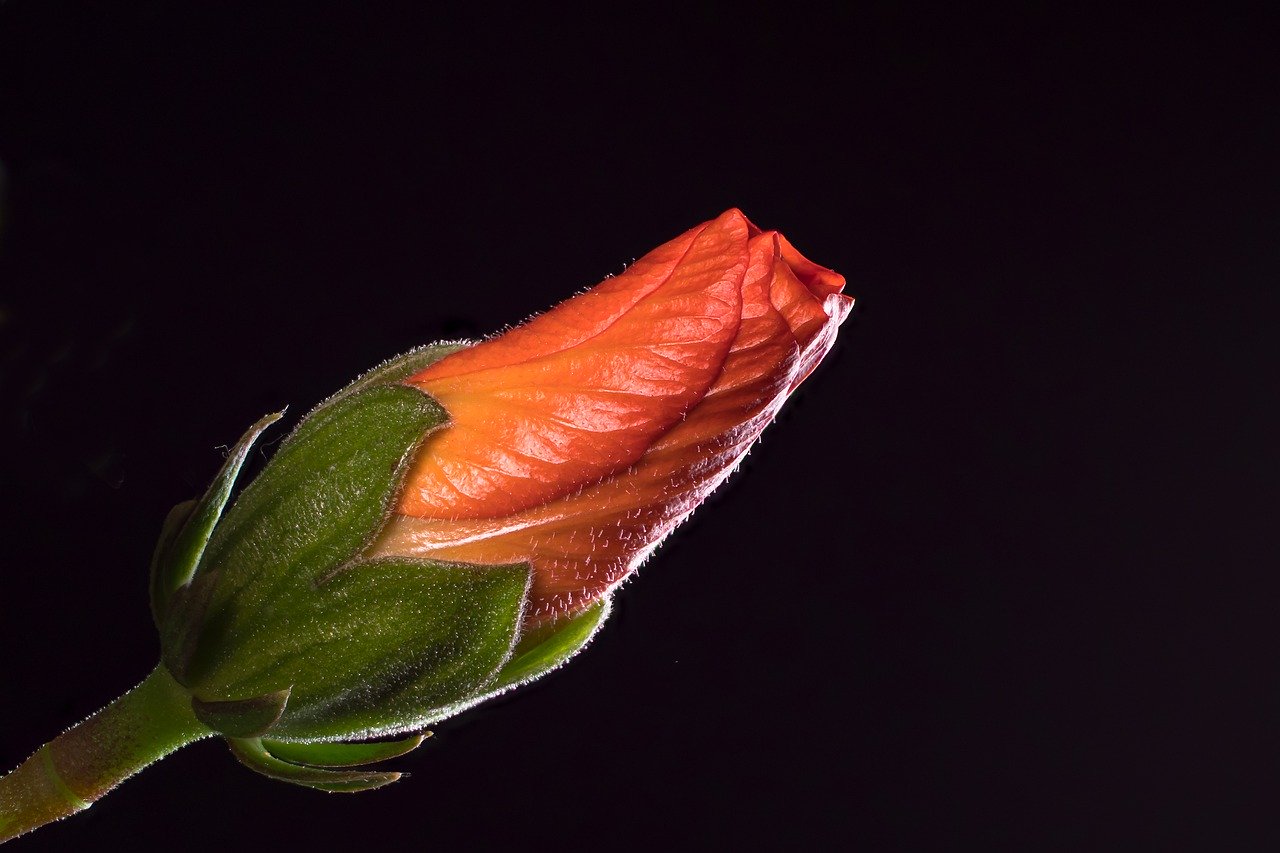“Hibiscus tea is native to Africa!”
“No, it originates from Southeast Asia.”
So where does Hibiscus tea come from?
The origin of hibiscus tea
Hibiscus tea comes from the Hibiscus flower.
The hibiscus flower originates from Southeast Asia and North Africa, and it has now spread to all parts of the world. It mainly grows in tropical and subtropical parts of the world.
If you are looking for a drink with a soothing taste, exotic, and great fragrance, then you have it in hibiscus tea.
The drink is famous for its tart flavor and a ton of health benefits.
You can get hibiscus tea from two varieties of the hibiscus plant. These include the Hibiscus sabdariffa and Hibiscus acetosella.
The Hibiscus sabdariffa is the most commonly used variety of hibiscus plants in making tea. You can find it in most tropical and subtropical areas of the world. For instance, Hibiscus sabdariffa grows in Africa, Mexico, the Caribbean, and Central and South America.
The plant has a long-standing history in Africa where it was essential both as a beverage and as a medicine.
The first documentation of hibiscus flower use as medicine and a beverage was done in 1576 by Matthias de l’obel. The botanist published his notes about the use of Hibiscus sabdariffa variety in Africa.
From then on, many journals and publications have come up supporting the use of hibiscus tea as a drink and medicine.
Hibiscus tea has been in use in Egypt and Sudan for hundreds of years. It was primarily used to cool off in the hot deserts by Pharaoh.
In the 17th and 18th centuries, the cultivation of the plant began in Australia, Hawaii, Florida, Guatemala, the Caribbean, and Guatemala.
The hibiscus plant has today become widespread in Central America and Mexico. Its use is also high in the Caribbean where they mix it with other herbs to make a chilly beverage.
It is also used as a cold beverage in Asia, especially in Thailand.
In Europe and America, users take hibiscus tea as a hot beverage. They usually add sweeteners and sugar to lift its taste and make it more pleasant.
On the other hand, we have Hibiscus acetosella. It is also known as False Roselle, which is grown in homes as a food crop.
You will find Hibiscus acetosella mostly in Africa, Southeast Asia, and South America.
Which parts of the hibiscus plant are edible?

The hibiscus plant is famous as it comes with a bouquet of health benefits. Most of the parts of the plant are edible. Each part comes with its own health benefit. Sometimes you have to combine various parts to achieve the desired effect.
The flowers of the hibiscus plant are the most popular for making hibiscus tea. However, you can still use other parts, such as:
1. The calyx
The calyx is the outermost part of the flower. It is the part at the base of a flower that protects the flower petals.
It consists of leaf-like structures known as petals. The sepals are mostly green, but sometimes they may take the same color as that of the petals.
The calyx is an edible part of the hibiscus plant. You can use it to make sauces, jams, and so on.
You can use the calyx to prepare your cup of hibiscus tea. It gives you a tangy flavor, and it is also rich in vitamin C.
Vitamin C is crucial in your body as it helps in healing wounds and repairing bones and teeth. It is also used to make ligaments, skin, blood vessels, and tendons.
Vitamin C deficiency can cause scurvy. You may experience symptoms such as skin problems, gum disease, weakness, and so on.
2. Flowers
You can use the yellow flowers of the hibiscus plant to make your hibiscus tea. Mostly, the flowers are dried up before making tea. However, you can also use fresh flowers in making hibiscus tea.
You just need to remove the calyx, the stamen, and the part where the seeds are attached. Wash the petals to remove dirt and then steep them in hot water.
3. Leaves
You can also get the tangy flavor of the hibiscus tea from the leaves. The leaves also come with a ton of other health benefits.
How do you preserve hibiscus flowers?
Hibiscus flowers are delicate, and they require you to handle them with a lot of care while preserving them. You can follow the following steps in preserving them.
First, you should get a container that is about 5 inches deep and as wide as the flower. The container should be plastic. Fill the container with a layer of silica crystals.
Next, choose flowers that are not discolored or do not have damaged petals. Then trim the stem of the flower to fit in your container.
Put the flowers in the container and set them facing up. You may need the silica crystals to support the flower.
Thus, press the flower lightly into the silica.
After that, cover your flower with silica entirely. The cover should be about 1-inch deep.
Put a lid and make sure it covers the container completely. Leave it undisturbed for several weeks.
Allow the flower to dry for about three weeks. Then, pour the crystals and gently lift your flower. Brush off any remaining crystals on the flower.
Final thoughts
If you love a cup of tea in the morning, but you want to avoid caffeine, go for hibiscus tea. Hibiscus tea gives you a tangy flavor. It also comes with a lot of health benefits.
You can find the hibiscus plant in most tropical and subtropical parts of the world. These include Africa, Southeast Asia, South America, and so on. To make the hibiscus tea, you can use hibiscus flowers, leaves, or the calyx.